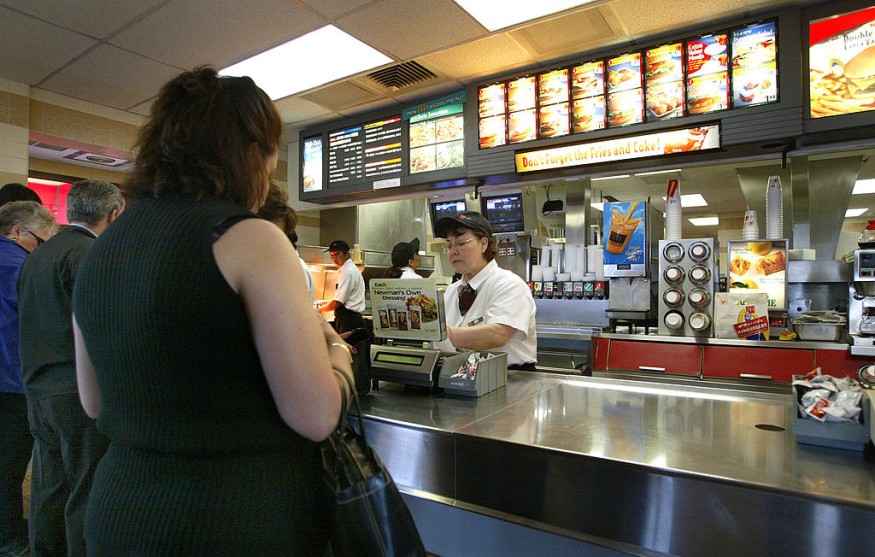Over 25% of US Consumers Earning Below $50,000 Avoid Fast Food Due to High Cost

According to a January survey conducted by consulting company Revenue Management Solutions, over 25% of those with incomes under $50,000 were reducing their use of fast food, citing expense as a reason.
Mark Kalinowski, president of Kalinowski Equity Research, restaurant expert, losing lower-class patrons means poorer sales and maybe a reduction in profitability for some of the most well-known restaurant brands in the country.
Same-store sales have decreased over the past year, according to recent financial reports from industry giants like Yum Brands, the parent company of Taco Bell, and McDonald's, while fast-food costs have increased.
Casual eating establishments are also facing the loss of Americans with modest incomes. This week, the CEO of Dine Brands-the company that owns IHOP and Applebee's-told CNBC that less and less low-class patrons are dining at casual restaurants.
FinanceBuzz reports that fast food costs have skyrocketed during the past ten years. According to the personal finance website, the cost of a McDonald's Quarter Pounder with Cheese meal increased by more than double this year, from $5.39 in 2014 to $11.99.
Several restaurant companies have also increased their costs. Popeye's, Jimmy John's, and Subway increased their food costs by 86%, 62%, and 39%, respectively, between 2014 and 2024.
An eight-inch club tuna from Jimmy Johns increased in price from $5.75 to $9.10 over that time, while a two-piece chicken combination at Popeyes went from $6.49 to $11.39 during the same period.
FinanceBuzz obtained its statistics by choosing ten menu items from each fast-food restaurant and comparing the pricing of those products in 2014, 2019, and 2024 using third-party websites such as fastfoodmenuprices.com and menuwithprice.com.
There can be significant state-to-state variations in fast-food restaurant menu item costs. While some fast-food companies set their rates at the corporate level, others let individual franchise owners choose their prices.
What's Causing the Rise in Fast Food Prices?
Restaurant businesses attribute pricing increases mostly to increased labor expenses. 22 states in the union increased their minimum salaries in January, while the federal minimum wage stays at $7.25 per hour.
A new legislation passed last year requires fast-food restaurants with 60 or more sites nationally to pay their employees a minimum wage of $20 per hour. This includes California.
Labor activists contest the idea that growing employee pay is the cause of increased fast-food prices. In March, the leftist think tank Roosevelt Institute conducted an investigation focused on the record profit margins enjoyed by the fast-food business in California.
In an attempt to retain clients for the time being, businesses seem to be focusing on mobile applications, discounts, and reward point systems.
Related article: Fry Attachment Rate Stays High, Signaling Consumer Confidence
The content provided on MoneyTimes.com is for informational purposes only and is not intended as financial advice. Please consult with a professional financial advisor before making any investment decisions.
© 2026 MoneyTimes.com All rights reserved. Do not reproduce without permission.











